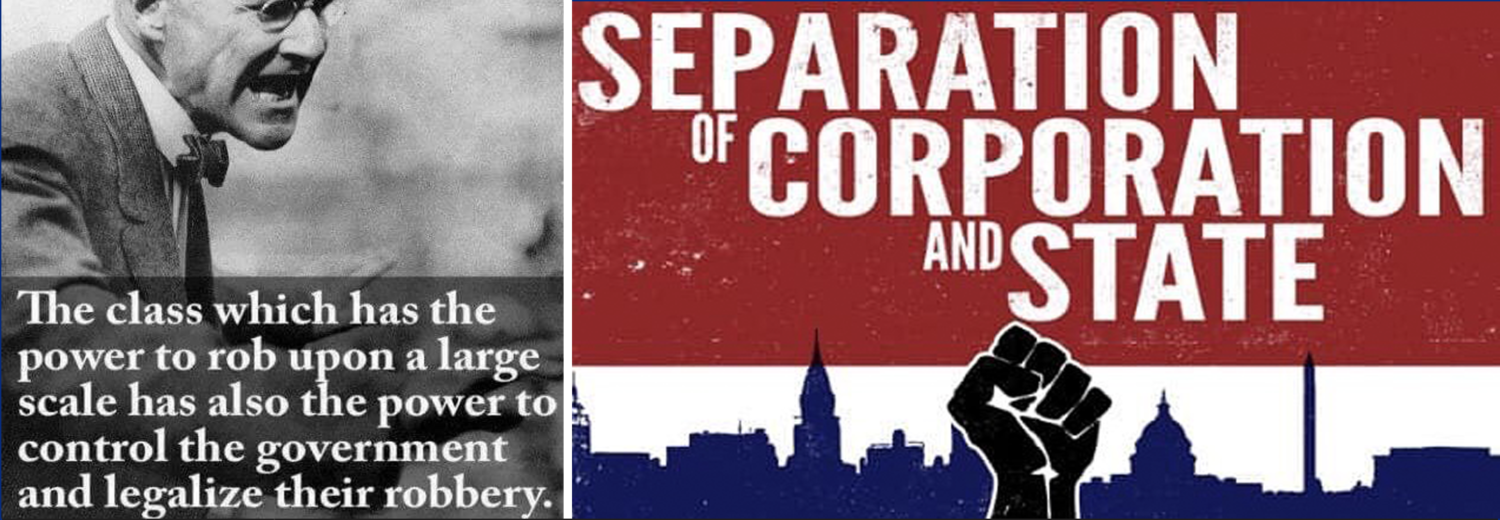FCC FAIRNESS DOCTRINE

Due to corporate monopolies of our media outlets, Americans are left with little avenues for news and ideology void of propaganda and biased reporting. This has increasingly led to an ill informed electorate and an obstacle to deliberative consensus building among our citizens. This must stop.
FCC fairness doctrine
Jump to navigationJump to search
The fairness doctrine of the United States Federal Communications Commission (FCC), introduced in 1949, was a policy that required the holders of broadcast licenses to both present controversial issues of public importance and to do so in a manner that was honest, equitable, and balanced. The FCC eliminated the policy in 1987 and removed the rule that implemented the policy from the Federal Register in August 2011.[1]
The fairness doctrine had two basic elements: It required broadcasters to devote some of their airtime to discussing controversial matters of public interest, and to air contrasting views regarding those matters. Stations were given wide latitude as to how to provide contrasting views: It could be done through news segments, public affairs shows, or editorials. The doctrine did not require equal time for opposing views but required that contrasting viewpoints be presented. The demise of this FCC rule has been considered by some to be a contributing factor for the rising level of party polarization in the United States.[2][3]
The main agenda for the doctrine was to ensure that viewers were exposed to a diversity of viewpoints. In 1969 the United States Supreme Court, in Red Lion Broadcasting Co. v. FCC, upheld the FCC’s general right to enforce the fairness doctrine where channels were limited. However, the Court did not rule that the FCC was obliged to do so.[4] The courts reasoned that the scarcity of the broadcast spectrum, which limited the opportunity for access to the airwaves, created a need for the doctrine.
The fairness doctrine is not the same as the equal-time rule. The fairness doctrine deals with discussion of controversial issues, while the equal-time rule deals only with political candidates.

Leave a Reply